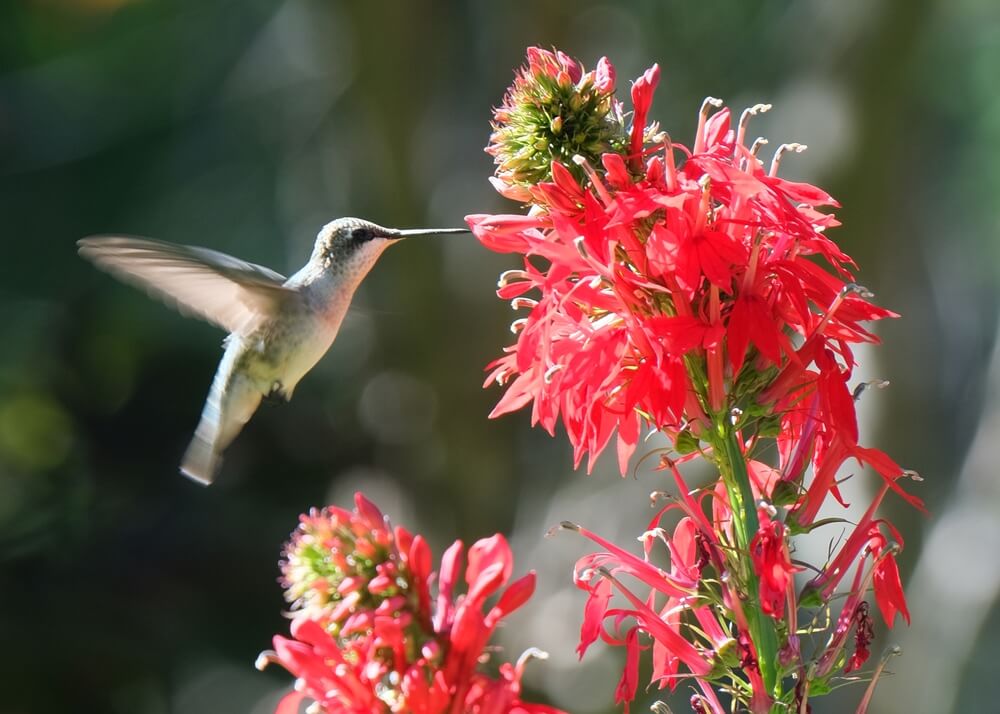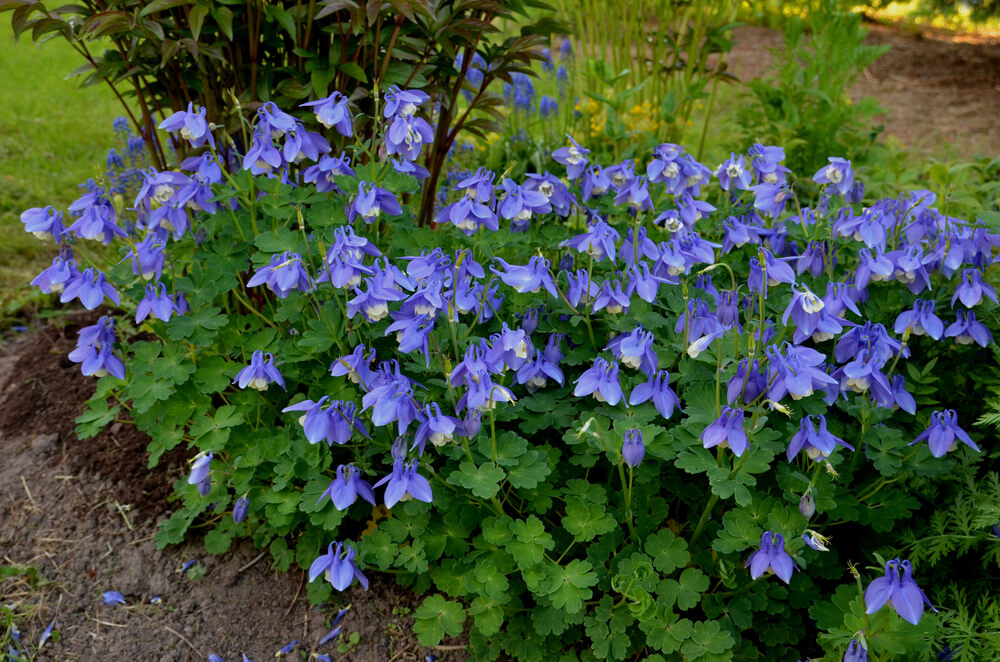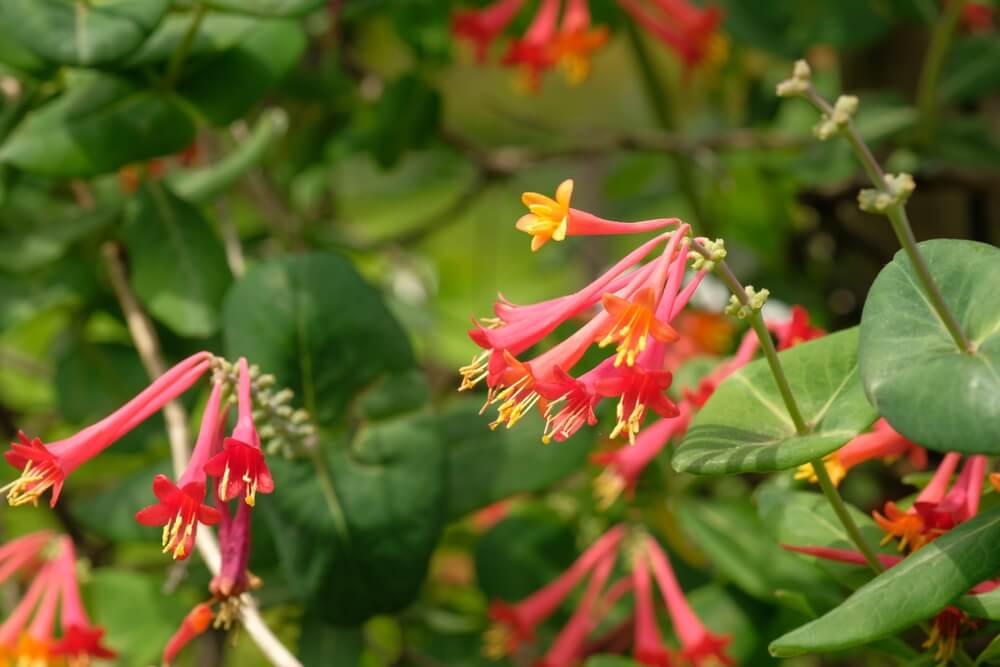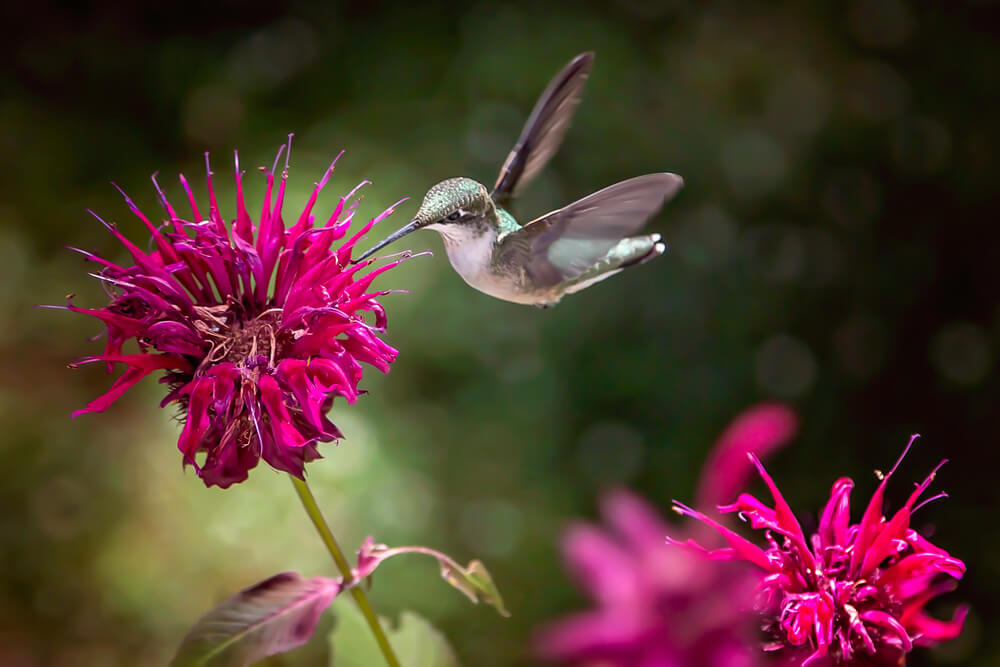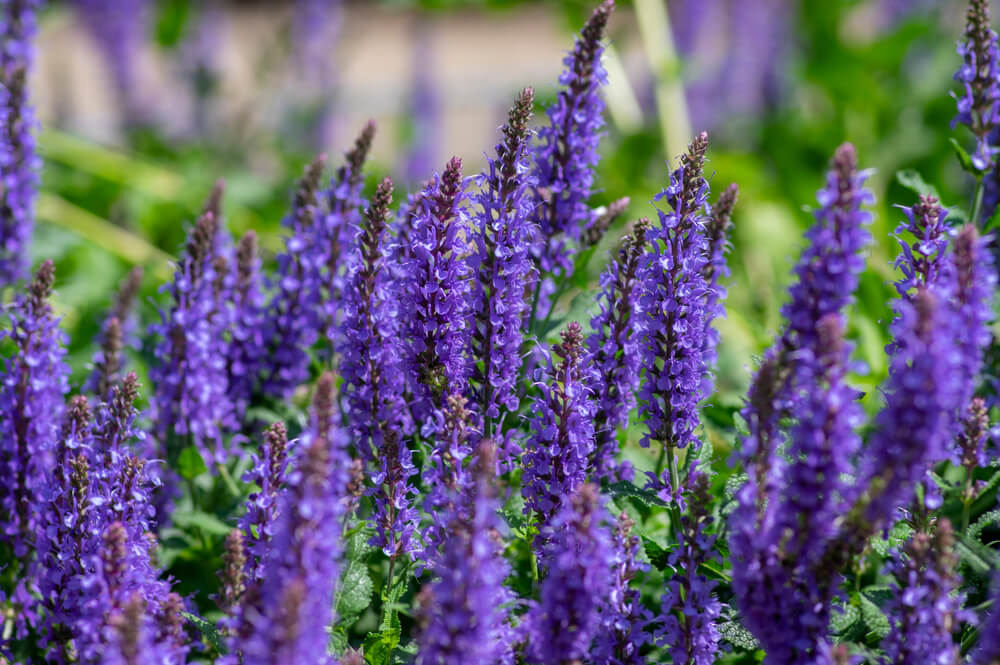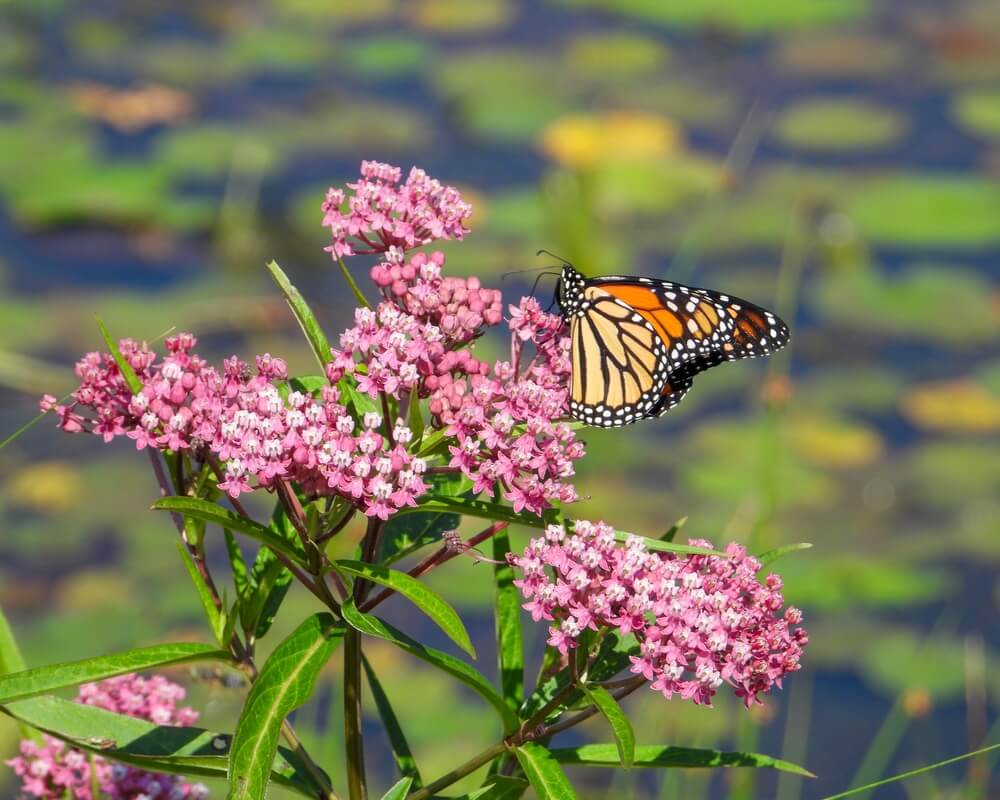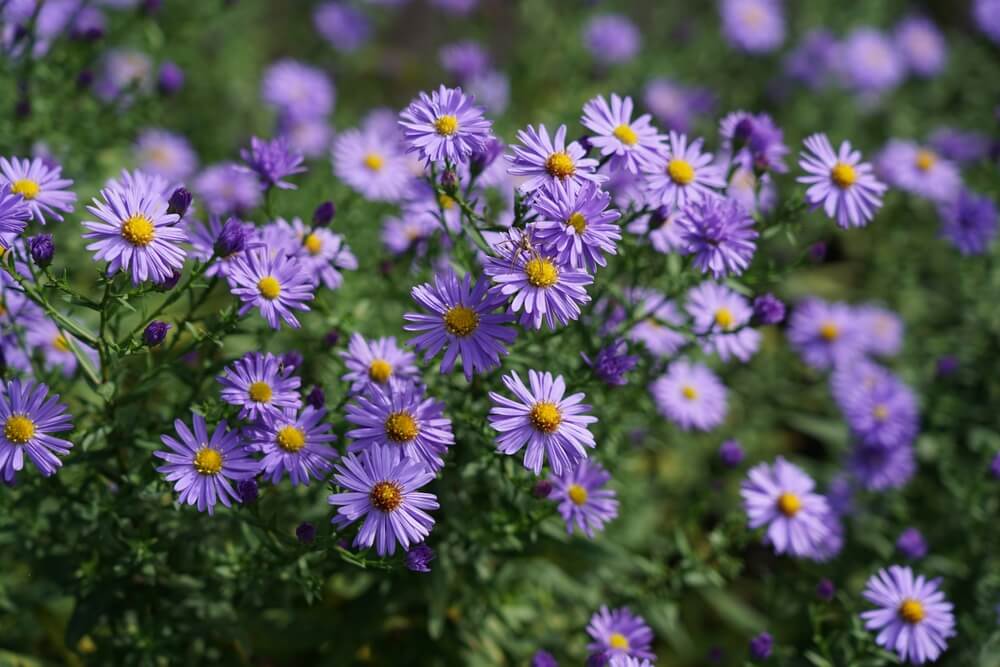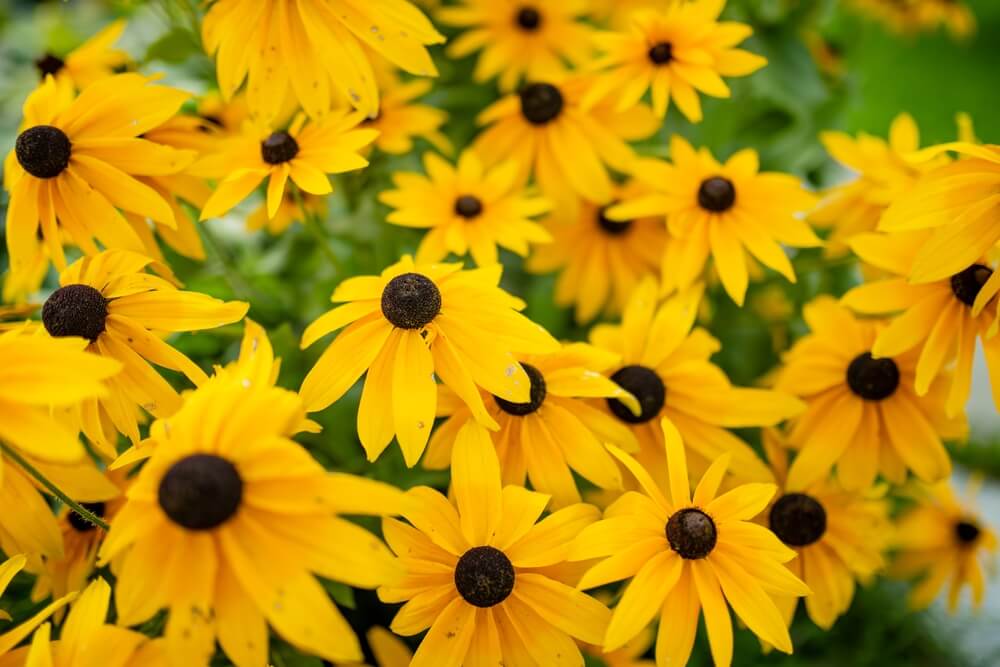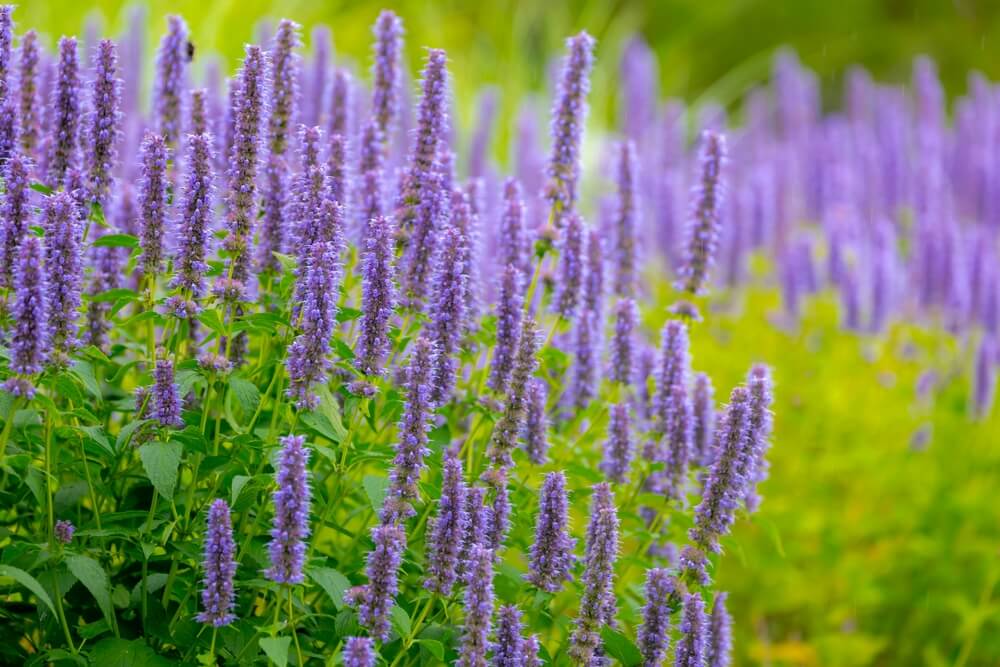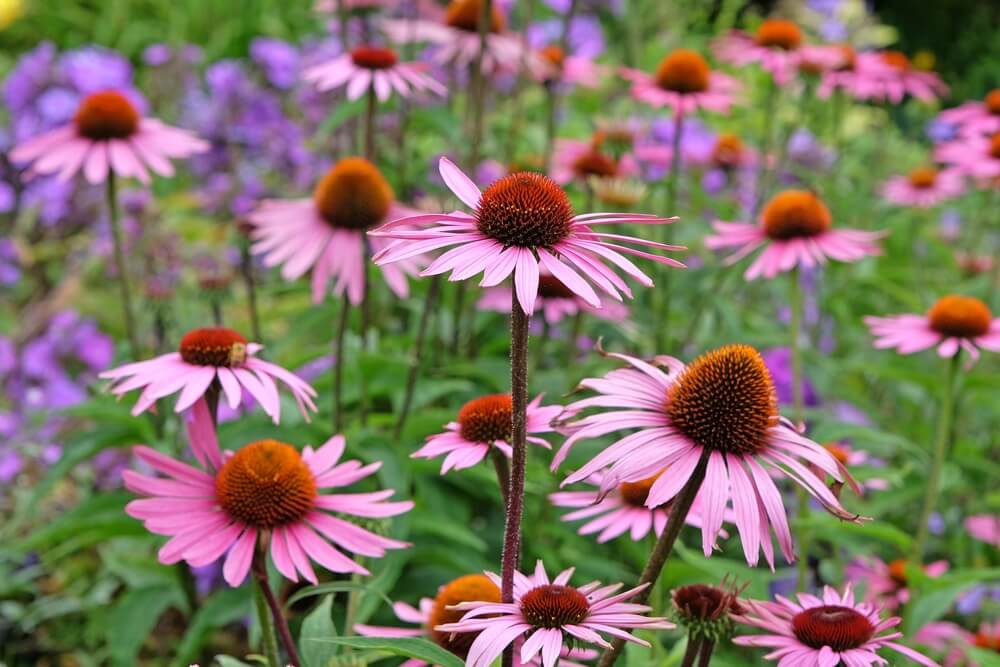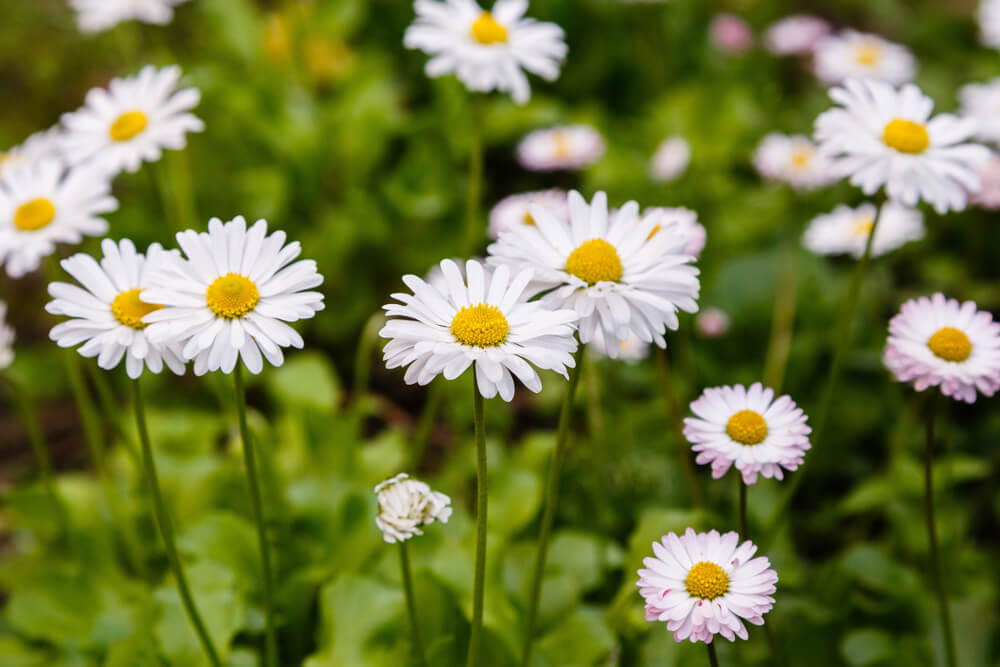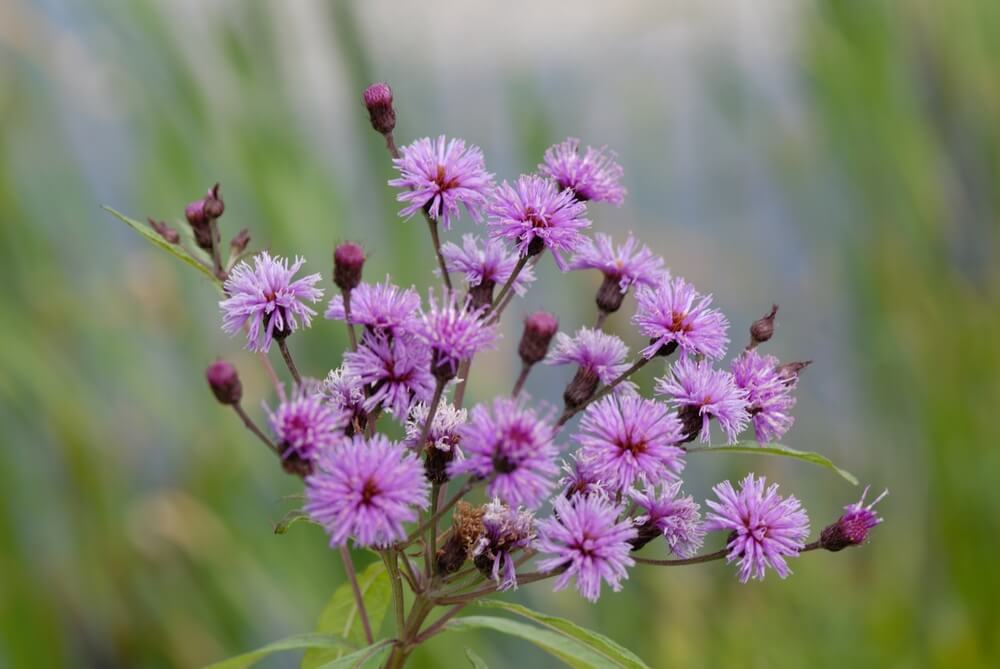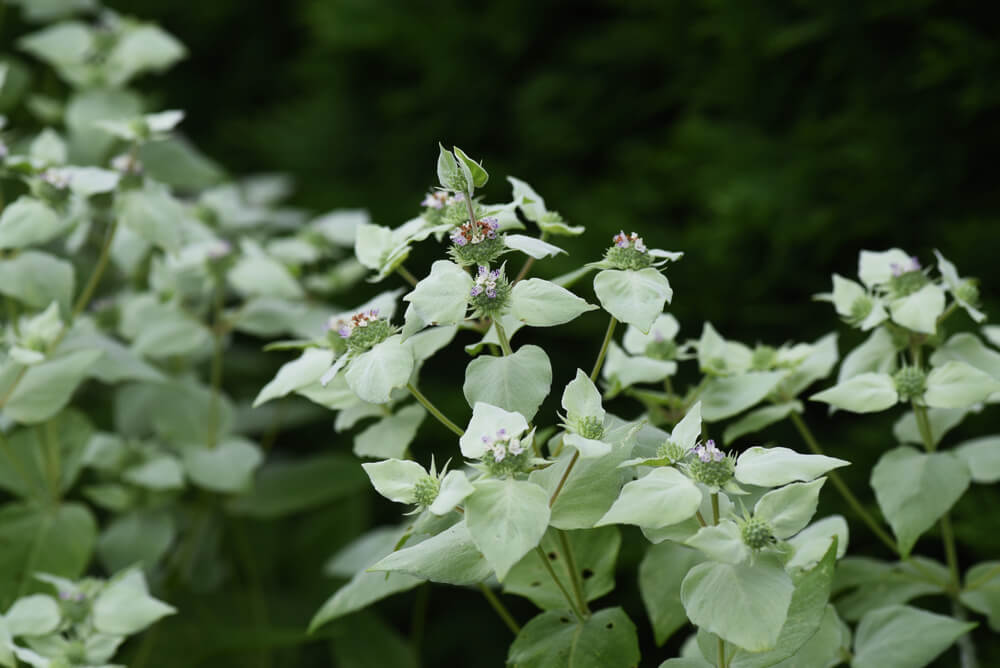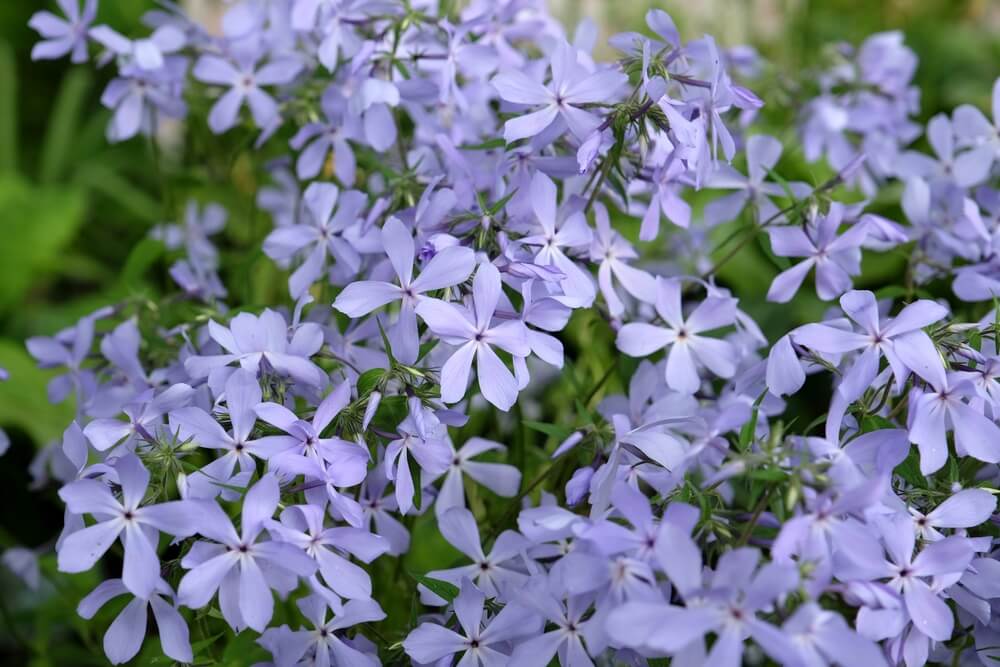How to Attract Pollinators to Your Garden Like a Pro
March 05, 2025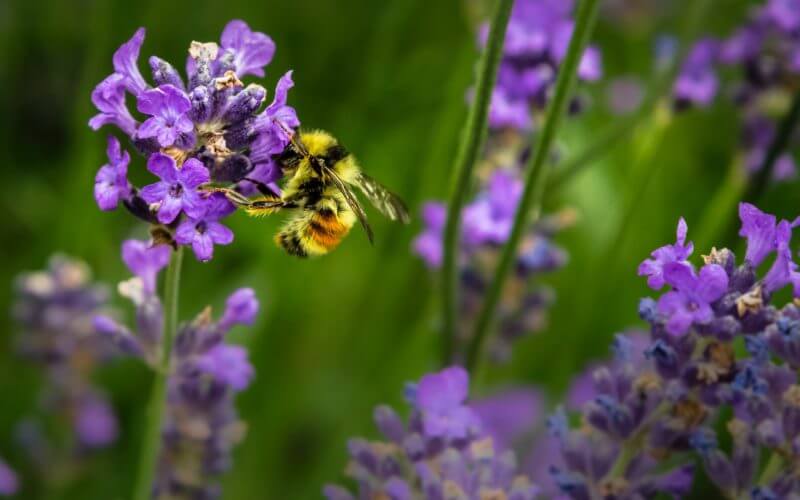
Plant it, and they will come! You may love hummingbirds, butterflies, and bees for the buzz of activity and burst of color they add to your yard. But these pollinators also do a lot of good for the environment. Learning how to attract pollinators to your garden is easy when you know the right plants to choose and how to create an inviting space for them.
What are Pollinators?
Bees, hummingbirds, and butterflies are all members of a group called pollinators that play a vital role in plant reproduction. Here’s how it works: When they land on a plant to drink nectar, the pollen grains attach to their body. As they travel from plant to plant, that pollen gets transferred and fertilizes the new flower.
Pollen carries genetic material needed for the reproduction of flowering plants, including many of your favorite fruits and vegetables. But not all plants need pollinators. Some are self-pollinating, while others rely on wind and water (like nuts, trees, and wild grasses).
These creatures are essential to our daily life. One out of every three bites of food that you eat is available because of pollinators. Besides their contribution to the food industry, pollinators also help clean the air, stabilize soils, protect us from extreme weather, and support other wildlife.
The best garden pollinators (and most well-known) are bees. They aren’t picky—they love flowers, along with apple, alfalfa, strawberry, and blueberry crops. Hummingbirds are nectar-loving pollinators that aid in the life cycle of honeysuckle and bee balm.
Butterflies are less efficient because their entire body doesn’t get coated with pollen, but they still help pollinate many species of wildflowers and are especially fond of milkweed. Beetles, dragonflies, moths, birds, bats, and other small mammals also participate.
How to Attract Pollinators to Your Garden
Unfortunately, many pollinator populations are on the decline. “Save the bees” isn’t just something people say. It’s a serious problem that can have devastating effects on the agricultural industry and ecosystem as a whole. This decline is due to a number of factors including loss of feeding and nesting areas, pollution, chemicals, disease, and climate changes.
However, many suburbs (including your own backyard) typically have more diverse pollinator communities! Creating a garden filled with pollinator plants that attract hummingbirds, butterflies, and bees will ensure they can continue to perform their essential work. Here’s how to attract pollinators to your garden and help them thrive:
- Native plants are the way to go. Local pollinators love local plants. When you choose natives for your garden, they will give pollinators consistent access to their favorite food. Plus, your plants will grow better (and require less maintenance) since they are already acclimated to the climate and soil!
- Avoid hybrid plants. Hybrid flowers may have a spectacular bloom, but they often don’t provide the pollen and nectar necessary to support pollinators in all life stages. Since they’ve been bred for aesthetics rather than function, it may be harder to access what little nectar they do have.
- Plant a variety of colors. Vibrant color helps with attracting pollinators. What colors attract pollinators depends on the creature. Bees love blue, purple, and yellow. Butterflies prefer flat-topped flowers in pink, red, orange, and yellow. Hummingbirds pick tube-shaped flowers in violet, pink, or red. Planting a variety ensures you have something for everyone.
- Fragrance comes first. Strongly-scented plants like lavender, sage, oregano, and other herbs help draw pollinators in. They also have other benefits like giving you fresh herbs for cooking and acting as a natural pest-repellent.
- Plant in clumps. Big batches of the same plants make it easier for pollinators to forage. When they visit the same type of plant again and again, they don’t have to “relearn” how to enter the plants to feed. This makes pollen transfer more efficient and creates a more cohesive garden design.
- Think year-round blooming. Pollination happens year round. Planting a variety of spring- and fall-blooming plants is necessary for attracting the best garden pollinators in every season. Along with flowers, try adding trees and shrubs that bloom at different times to further support these creatures.
- Don’t use pesticides. Certain pesticides, specifically neonicotinoids, are extremely toxic to pollinators and should be avoided if possible. Instead, try using organic gardening methods like companion planting or natural pest control. This will keep your garden thriving without harming the pollinators you want to attract.
- Provide food and water sources. When learning how to attract pollinators, choosing the right plants isn’t enough. Try to also add other elements that will draw them in, like a nectar feeder (for hummingbirds and bees) or a birdbath. A simple shallow dish with pebbles and water can provide a safe drinking source for small pollinators, helping them stay hydrated as they work.
- Add shelter. As much as you may want a pristine garden, leaving some debris gives your pollinators nesting areas. These can include patches of bare ground, dead wood, or leaf litter. This is especially important from late fall to early spring, when natural nesting areas may be scarce. A little shelter can go a long way in attracting pollinators.
The Best Pollinator Plants
With so many plants to choose from, it can seem overwhelming to know what to pick. Let us help! Here are just a few native plants to create a pollinator paradise.
Plants That Attract Hummingbirds
Hummingbirds gravitate towards warm-colored flowers in red, orange, or pink. But at the end of the day, they will pollinate any color! Because of their long beaks, they like funnel-shaped flowers that are rich in nectar. They also prefer a strong perch when feeding. A great way to attract them is by creating a habitat for them to thrive, including water, shelter, and hummingbird feeders.
Our favorite hummingbird-friendly plants:
- Cardinal Flower (Lobelia)
- Columbine (Aquilegia)
- Trumpet Honeysuckle (Lonicera sempervirens)
- Bee Balm (Monarda)
- Salvia
Plants That Attract Butterflies
Butterflies are drawn to brightly-colored flowers, including reds and purples. They use their sense of smell to find plants they like. If you’re wondering how to attract pollinators, choose flowers with fresh scents that aren’t overwhelming. They particularly like plants with narrow, tube-like flowers and a wide landing pad.
Butterflies need nectar plants to feed, but to grow a thriving butterfly garden, you should also include host plants for them to lay their eggs. This way, you can cater to them at every stage of their life cycle.
Our favorite butterfly-friendly plants:
- Milkweed (Asclepias)
- Aster
- Black-Eyed Susan (Rudbeckia)
- Agastache
- Coneflower (Echinacea)
Plants That Attract Bees
Any plant a butterfly loves, bees will too! They prefer bright colors like purple, yellow, or blue with a fresh odor and hollow stems for nesting. Any flowering annual is good for them, and they especially like perennials in the daisy family. That center eye carries lots of nectar and has an easy landing platform.
Another bee favorite is clover. While many gardeners try to get rid of the clover in their yard, bees flock to it.
Our favorite bee-friendly plants:
- Bee Balm (Monarda)
- Daisy (Leucanthemum)
- Ironweed (Veronia)
- Mountain Mint (Pycnanthemum muticum)
- Wild Blue Phlox (Phlox divaricata)
With help from this guide (and a few pollinator plants from our garden centers) your yard will be full of activity in no time!

